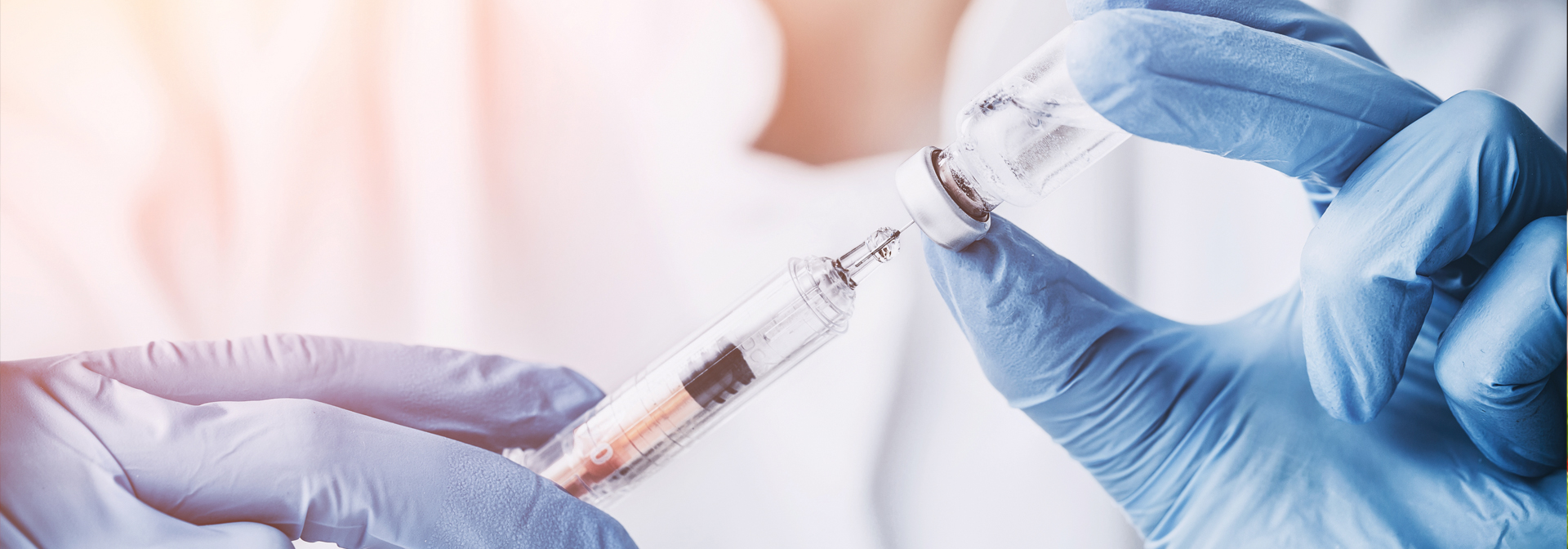

Advancing Biotherapeutics Characterization with Ultrahigh-Resolution Mass Spectrometry and a Toolbox of Separation Methods
Webinar Overview
Duration: 30 minutes
This seminar highlights the needs and versatility of ultrahigh-resolution mass spectrometers for heightened mAb characterization in Pfizer’s MSBC lab, as well as addresses the importance of different separation techniques coupled to MS. Following introduction to Pfizer’s biotherapeutic heightened characterization strategy, discussions will be focused on in-depth understanding of biotherapeutics at the subunit level and hotspot characterization at the peptide level.
We invite you to join this webinar to stay up-to-date on recent advancements in mass spectrometry.
Key Topics
- Accelerate the characterization of clipping hotspots using reduced mAb high-resolution MS assay
- Characterize isomerization events on mAbs with trapped ion mobility (TIMS) to accelerate HPLC method development
Who should attend:
- Biophysical characterization scientists
- R&D and early stage biotherapeutics development, such as clone screening and stability testing scientists
- DMPK scientist supporting programs involving complex Proteins
- Scientist developing next generation mAb based therapeutics such as ADCs and bispecifics
Speaker
Leah Wang, Ph.D.
Leah Wang is a Senior Scientist at the Mass Spectrometry and Biophysical Characterization (MSBC) laboratory at Pfizer, Inc., which is a part of the Analytical Research and Development (ARD) group in the BioTherapeutics Pharmaceutical Sciences (BioTx PS). Leah received her Ph.D. in Chemistry from Washington University in St. Louis, in 2016. Her current role is to apply heightened characterization and develop innovative analytical methods for well-characterized biotherapeutics. She supports many projects within Pfizer’s Biotherapeutics portfolio including early and late stage molecules ranging from mAbs, bispecific, gene therapy, recombinant proteins, and vaccines.
For Research Use Only. Not for use in clinical diagnostic procedures.